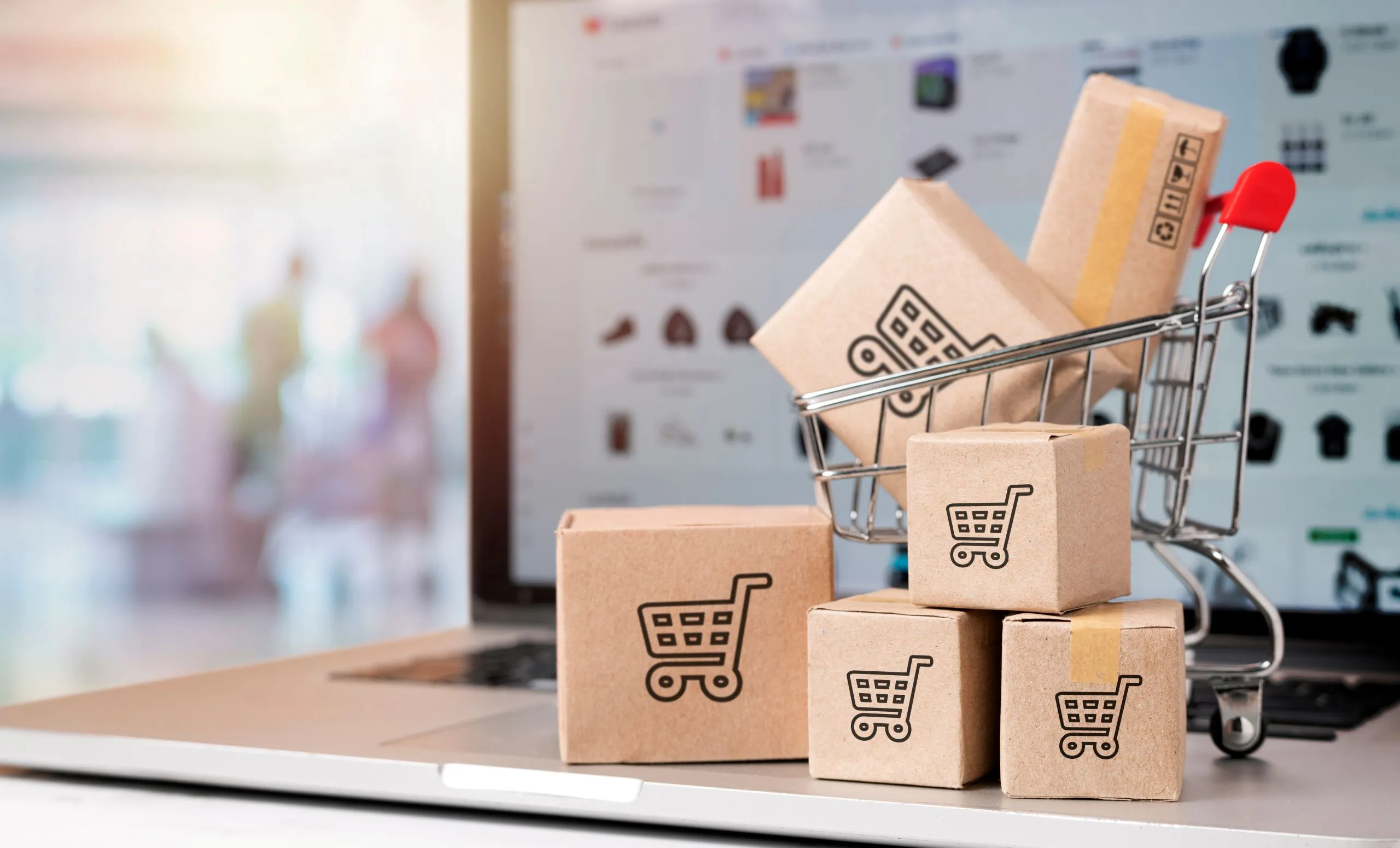Omnichannel fulfillment is a logistics strategy that ensures seamless order processing and delivery across all sales channels. It integrates online and offline retail systems to provide a unified fulfillment experience. As customers increasingly expect fast, flexible, and accurate delivery, adopting an effective omnichannel strategy is no longer optional—it’s essential.
Businesses that implement omnichannel fulfillment benefit from improved customer satisfaction, better inventory control, and increased sales opportunities. By using multi-channel inventory management and fulfillment across channels, brands can streamline operations while enhancing service quality. For any e-commerce brand looking to stay competitive, understanding the principles of omnichannel fulfillment is a strategic priority.
Understanding Omnichannel Fulfillment
Omnichannel fulfillment refers to managing inventory and orders across multiple platforms from a single, synchronized system. Unlike traditional methods, it allows customers to shop from any channel—online store, mobile app, or brick-and-mortar location—and receive consistent service.
This approach provides flexibility in order routing and visibility across the entire logistics chain. Cross-channel fulfillment enables retailers to process orders faster and more accurately, meeting rising consumer expectations. For an overview of omnichannel retail logistics trends, check out this industry report.
How Omnichannel Differs from Multichannel Fulfillment
Multichannel fulfillment handles each sales channel independently, leading to fragmented data and siloed inventory. Omnichannel, however, connects everything under one roof. This means inventory synchronization, unified customer journeys, and simplified operations.
With omnichannel, businesses avoid overselling or underselling because real-time stock levels are shared across all platforms. It reduces operational risks and improves fulfillment accuracy. Customers enjoy consistent experiences whether they shop online or in-store.
The Role of Technology in Omnichannel Operations
Technology is the backbone of successful omnichannel fulfillment. Centralized inventory systems and digital integration tools enable real-time decision-making. These systems improve communication between departments, leading to smoother workflows.
Advanced fulfillment technology also supports automation and scalability. Tools like order management systems (OMS) help route orders intelligently based on location, stock availability, and delivery preferences. As businesses grow, the right tech stack becomes a critical enabler.
Integrating Online and Offline Sales Channels
A key feature of omnichannel fulfillment is integrating online and offline channels into a unified ecosystem. This ensures that customers can buy online and pick up in-store, or return e-commerce purchases to a retail outlet.
Real-time tracking and connected data systems are essential to this process. E-commerce and retail alignment streamlines inventory usage, improves response time, and reduces errors.
Synchronizing Inventory Across Multiple Channels
Inventory synchronization means that all sales platforms access the same up-to-date product data. When an item sells on one channel, the stock count is immediately updated across the system. This avoids double-selling and improves customer trust.
Multi-channel inventory management tools make this process manageable and scalable. Real-time stock visibility empowers fulfillment teams to make accurate decisions and serve customers quickly. As a result, delivery reliability increases.
Connecting Point-of-Sale (POS) and E-commerce Systems
POS integration is vital for true omnichannel performance. When POS and e-commerce platforms are connected, sales data flows smoothly between them. This ensures better inventory tracking and unified customer profiles.
Unified order management also allows businesses to fulfill from any location, be it a warehouse or retail store. Using omnichannel software solutions, teams can optimize delivery paths and reduce costs. Such integrations elevate the overall customer experience.
Real-Time Tracking and Data Sharing
Real-time tracking enables both teams and customers to monitor order status instantly. This transparency builds confidence and allows for proactive problem-solving if delays occur. It’s a key factor in building strong relationships.
Data integration ensures that information from various touchpoints—warehouses, couriers, and stores—is centralized. A connected supply chain system enhances responsiveness and coordination. Over time, this results in higher operational efficiency.
Delivering Seamless Customer Experience
Providing Flexible Delivery and Pickup Options
Today’s shoppers value convenience. Offering services like click and collect, curbside pickup, or same-day delivery meets those expectations.
Flexible fulfillment options cater to different customer needs. They can improve brand loyalty and drive repeat purchases.
Ensuring Fast and Accurate Shipping
Fast shipping enhances the post-purchase experience. It boosts customer confidence and satisfaction.
Accurate order processing minimizes errors and reduces returns. It helps maintain a reliable delivery experience.
Personalizing the Post-Purchase Journey
Customers appreciate personalized fulfillment experiences. Order tracking updates, thank-you emails, and loyalty rewards add value.
These post-purchase strategies strengthen customer relationships. They turn one-time buyers into loyal brand advocates.
Technology Enablers of Omnichannel Fulfillment
Centralized Order Management Platforms
OMS software plays a vital role in unifying orders. It helps route orders to the nearest warehouse or store based on location and availability.
With centralized order data, businesses can improve inventory accuracy and reduce delivery time.
AI and Automation in Omnichannel Logistics
AI tools forecast demand and optimize inventory levels. Automation reduces manual tasks and speeds up order fulfillment.
Predictive analytics also improve replenishment and reduce stockouts. This leads to more efficient logistics operations.
Cloud-Based Collaboration Between Teams
Cloud logistics platforms enable real-time coordination. Teams across locations can access shared data anytime.
This transparency enhances agility and reduces communication breakdowns. It also supports remote work environments.
Benefits of Omnichannel Fulfillment for E-commerce Brands
Increased Sales and Customer Retention
A unified brand experience drives repeat purchases. Customers are more likely to return to brands that offer consistent service.
Omnichannel fulfillment improves brand trust. It supports long-term loyalty and sustainable revenue growth.
Improved Inventory Utilization and Reduced Costs
With inventory optimization, businesses reduce storage costs. They avoid tying up capital in excess stock.
Efficient stock management minimizes waste and lowers overhead. It also improves order accuracy.
Stronger Brand Consistency Across Channels
Omnichannel branding ensures uniform messaging across touchpoints. Customers experience the same quality whether online or in-store.
Consistent communication enhances brand identity. It creates a memorable and reliable shopping journey.
Challenges in Implementing Omnichannel Fulfillment
Managing Complex Supply Chains
Supply chain coordination across multiple warehouses is a major challenge. Each node must communicate effectively.
Fulfillment bottlenecks occur without real-time updates. Therefore, synchronized systems are essential.
Maintaining Real-Time Data Accuracy
Data accuracy is crucial in omnichannel fulfillment. Incorrect inventory levels can lead to poor customer experiences.
Integrating data systems helps maintain accuracy. It ensures visibility and reduces order tracking errors.
Balancing Costs and Speed
Customers demand fast shipping, but express delivery increases costs. Businesses must strike a balance between speed and budget.
Logistics efficiency, such as zone-based fulfillment, helps control expenses. Choosing the right delivery partner also makes a difference.
Future of Omnichannel Fulfillment
Predictive and Automated Inventory Management
AI-powered systems will play a bigger role. Predictive analytics will anticipate demand and guide purchasing decisions.
Smart inventory systems will update stock levels automatically. This reduces errors and improves forecasting.
Robotics and Smart Warehouses
Warehouse robotics streamline fulfillment. They speed up picking, packing, and shipping.
Automated systems reduce labor costs and human errors. They also operate 24/7 without fatigue.
Sustainable and Green Fulfillment Models
Eco-friendly fulfillment is gaining attention. Brands are adopting green logistics strategies.
Sustainable packaging, energy-efficient warehouses, and carbon-neutral shipping are now priorities. These efforts appeal to environmentally conscious consumers.





